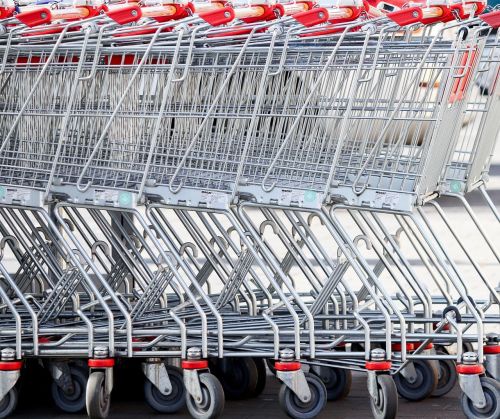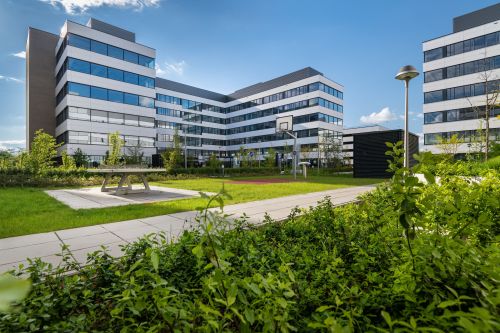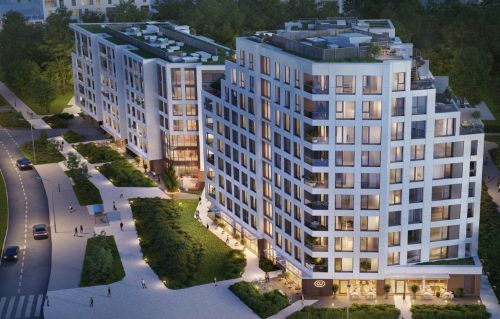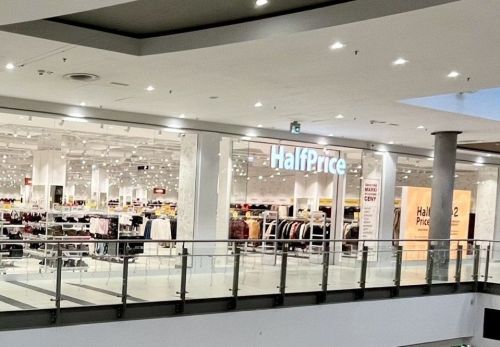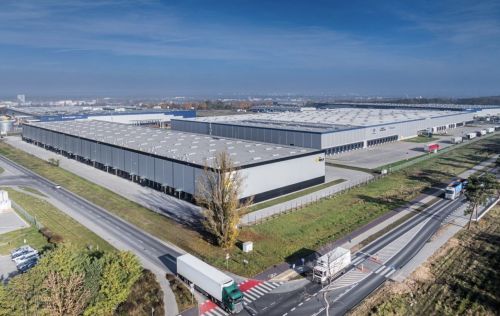In May, EPP will be taking on the management of 12 shopping centres with a combined area of almost half a million sqm. What will this involve?
Agata Sekuła, a board member for real estate investment and commercialisation at EPP: That’s right, we’re taking over the management of nine M1 malls and three Power Parks. These centres have long-established positions on their local markets and their combined area comes to more than 470,000 sqm, which means that the increase in the scale of our operations will be quite significant. We are planning to reorganise and modernise the space due to the changes in their tenant mixes and the age of the properties as well as to meet ESG requirements. We want to expand the range of the goods offered by bringing in new brands while refreshing the interiors and exteriors of the properties.
The retail market has recently undergone a huge transformation. What is now the most important trend on this market?
I would start by saying that the













































